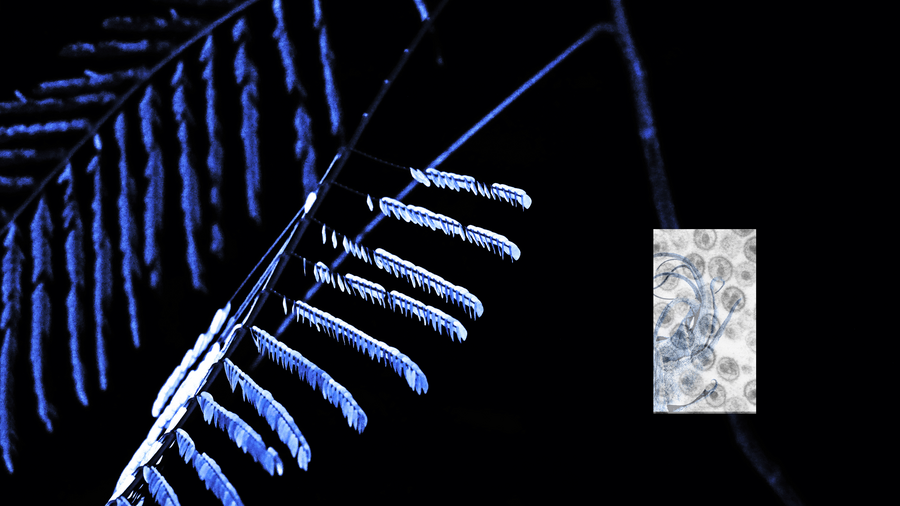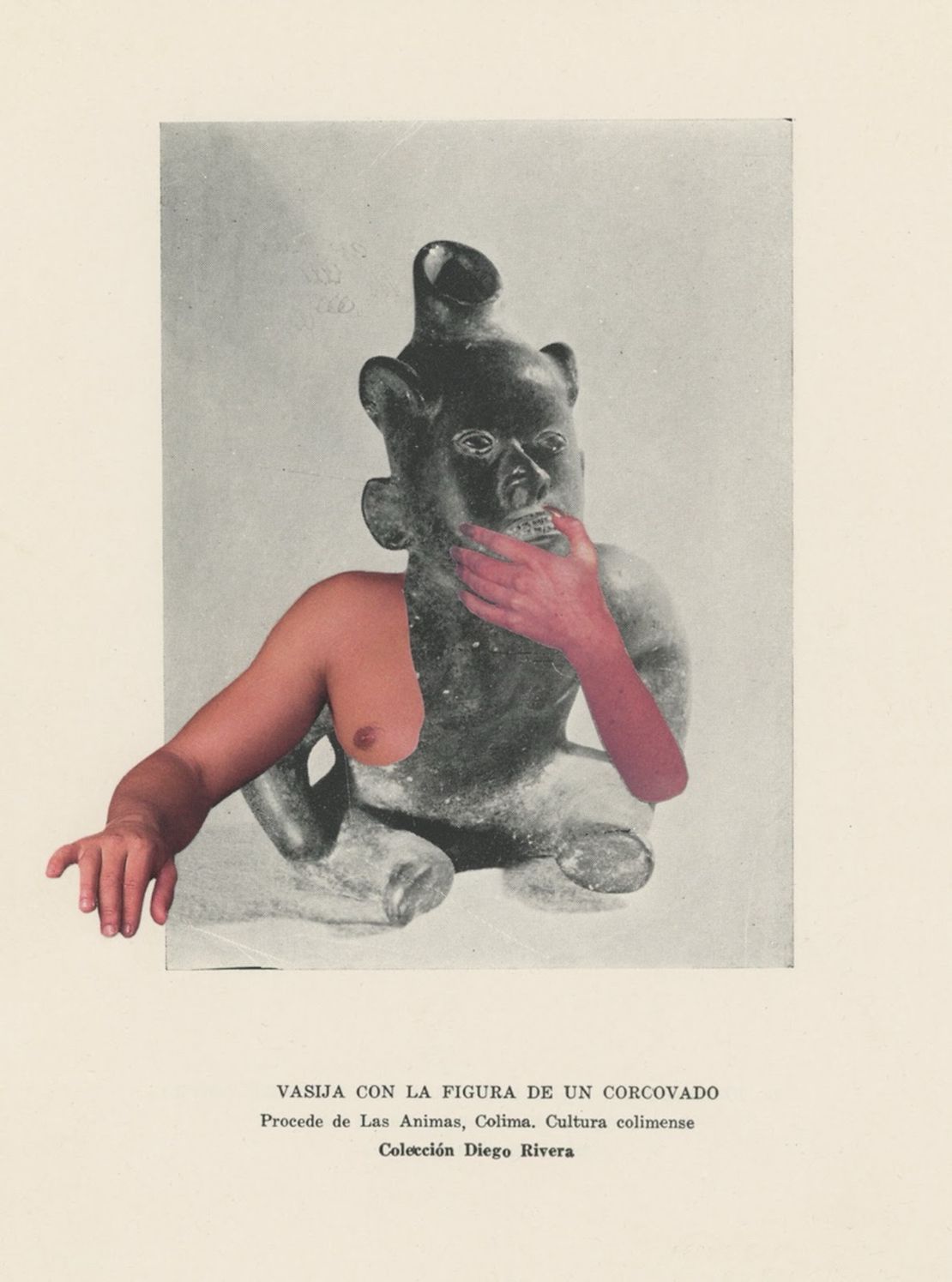Abstract
Gian Cruz presents a series of photographs that explore the relationship between HIV and the body, based on their personal experience of the disease and its impact on their immune system and physical well-being. These photographs capture the spiritual, physical, and emotional realities of people living with HIV, challenging pre-existing narratives and offering new perspectives on the representation of the virus and seropositive individuals. Through their work, Gian Cruz aims to generate reflection on the virus, dismantle stigmas, and promote greater understanding and empathy towards those affected by HIV.
Cruz’s photographs serve as unconventional and performative self-portraits, capturing the artist’s journey of resilience and healing in the face of HIV/AIDS-related health complications in early 2015. These images delve into the intricate connections between the corporeal, the viral, and the ecological realms. By doing so, they bring to the forefront the narratives surrounding HIV/AIDS within the contemporary art landscape of Southeast Asia, particularly in the Philippines. Simultaneously, they confront the role of pandemics as phenomena influenced by colonialism, driven by the extraction of natural resources, and the erasure of indigenous traditions. Cruz’s artwork evokes the enduring and intertwined ecologies of infectious diseases in the Philippines, dating back to the era of Spanish colonialism. During this time, increased maritime trade, the destructive impact of colonial agricultural practices on vital ecosystems, and military interventions in food systems rendered Filipino populations susceptible to recurring waves of diseases. In the present context of contemporary and historical pandemics and the rise of anti-Asian racism, Cruz prompts contemplation on the inherent lack of meaning or intention in viral diseases. Instead, he highlights how human contexts, encompassing social inclusion and exclusion, imbue viruses with meaning that amplifies their perceived danger. Cruz invites viewers to reflect on the intertwined histories of health, colonization, and cultural erasure through his poignant self-portraits. His work is a powerful reminder of the complex dynamics that shape pandemics and the urgent need to acknowledge and challenge the narratives surrounding them.

